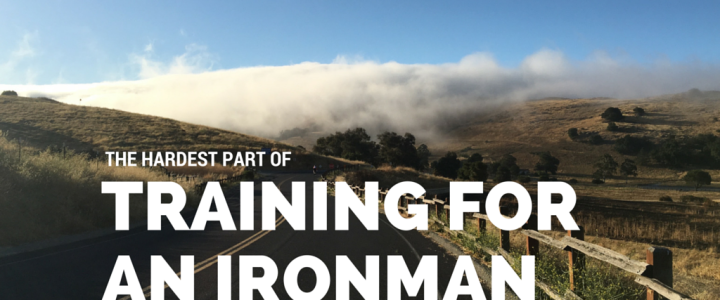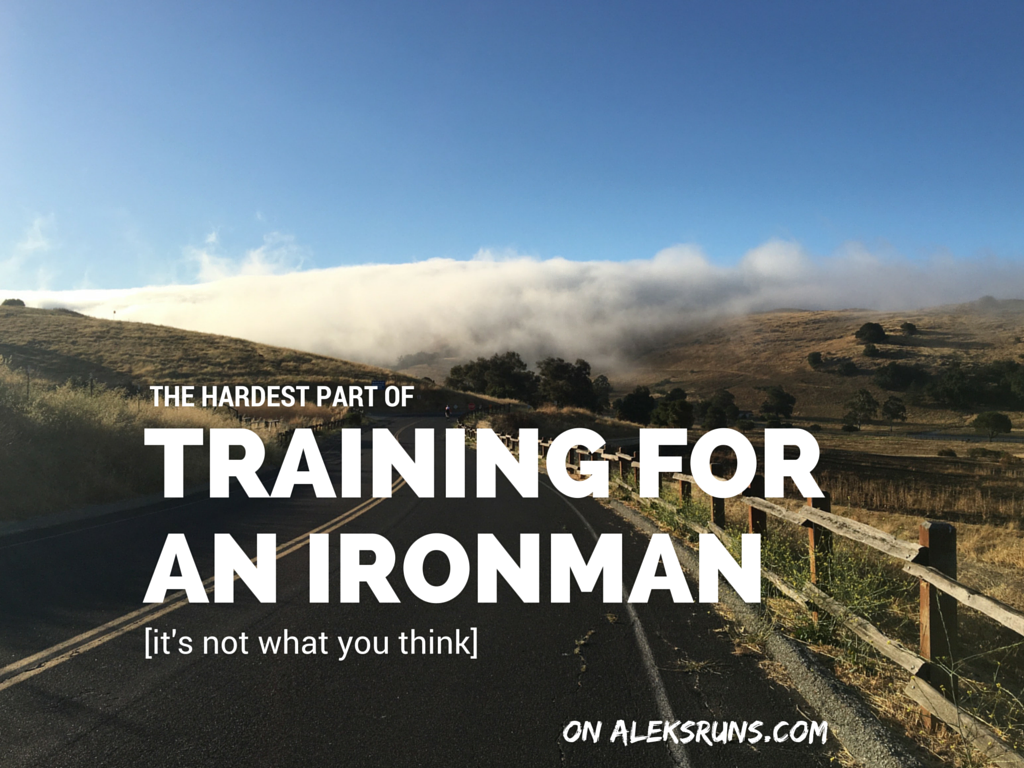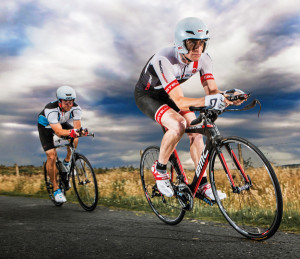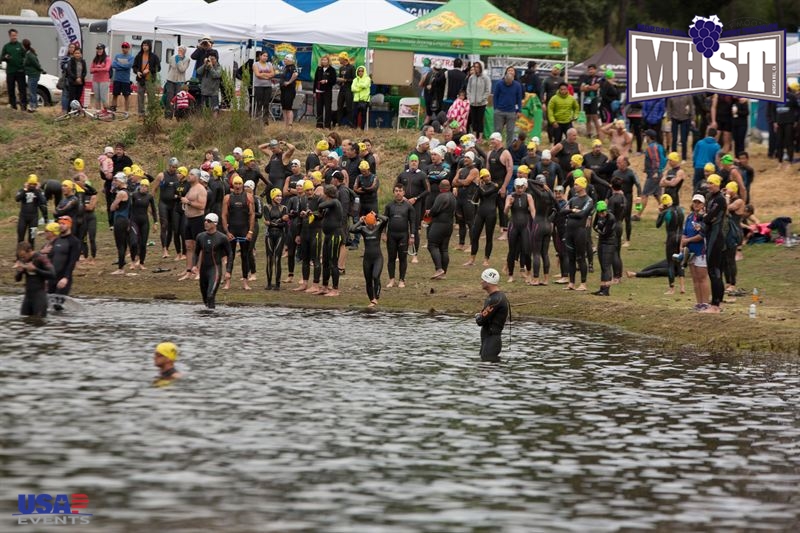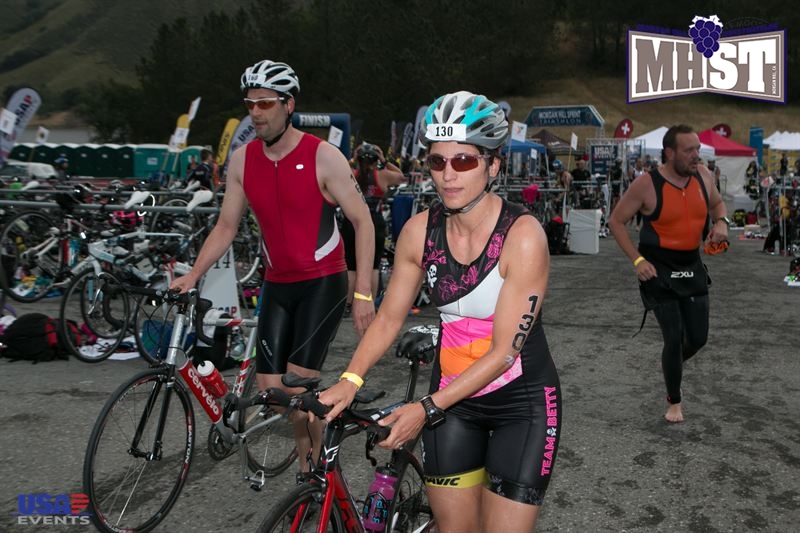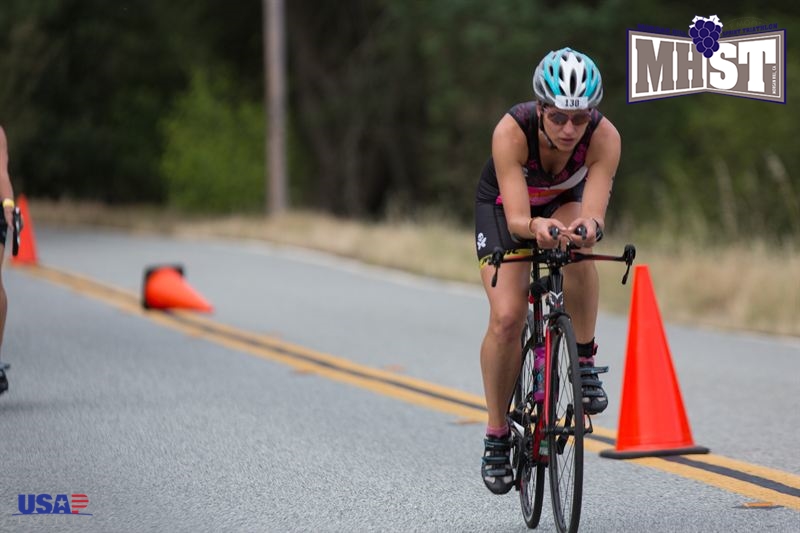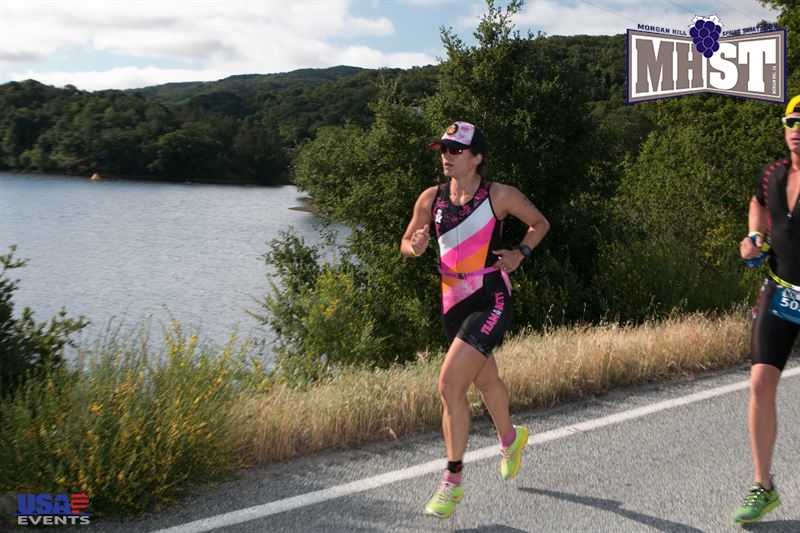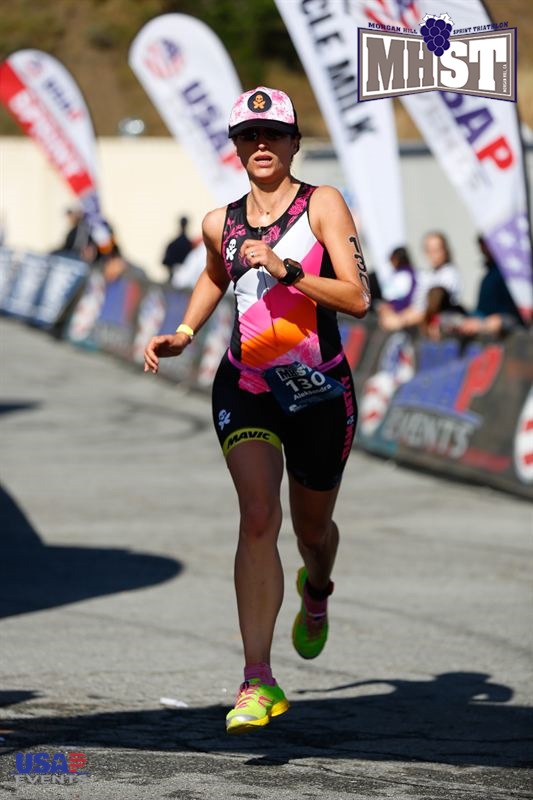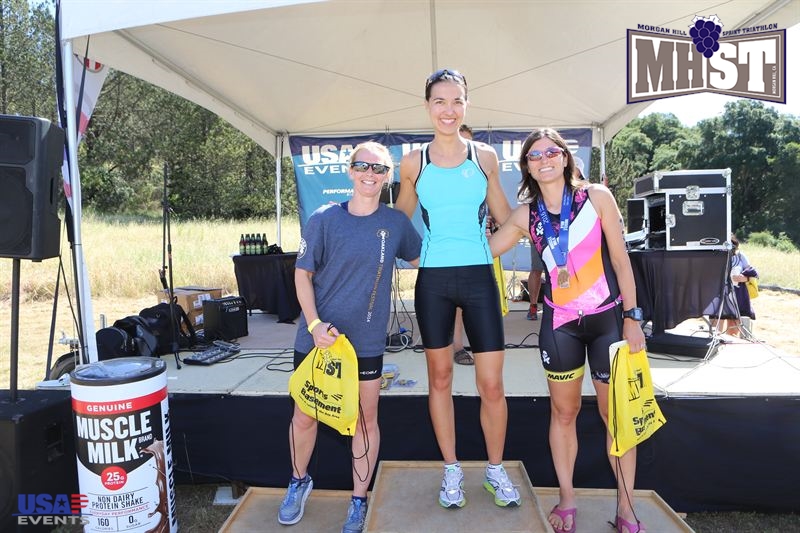If you’re like most contemporary runners — equipped with our fancy GPS watches that track miles, pace, cadence, heart rate, calorie burn, sweat rate, outside temperature, altitude, humidity, wind factor, the S&P 500, and possibly Charlie Sheen’s mood swings — you have probably pondered the classic contemporary runner’s dilemma:
To pause, or not to pause my Garmin if I have to stop mid-run?
Red lights, water breaks, bathroom stops, fix-the-wedgie stops: they add up. The longer you’re out there running, chances are, the more time you’re spending at rest.
Take one of my recent long runs:
For an 18-mile run, an average pace of 9:22 is not bad for me. I was under instruction to run the first eight miles easy, then run miles 9 to 15 in the 8:30s, and scale back to a 10 min/ mile or slower for the last three – and looking at it mile by mile, I nailed it. (Definitely chose “slower” for the last three miles, too!)
But now, look at my “elapsed time” (detail on the Strava activity page) vs what is, in effect, my moving time:

The thing is, this route is an out-and-back that goes through a total of three red lights, including a very busy intersection (typical wait time: two to four minutes), and two road crossings where drivers don’t watch for runners dashing out of the park trail, so you better look twice before you do. And, in this case, I had one water stop and one bathroom stop. The result is a difference of nearly eight and a half minutes.
Does that change things?
Does that mean I nailed my paces, or not?

I actually asked my coach how he wants me to record my run times in my log – should I do moving time or total? – and he told me to do moving time for run and bike, and total for swim. I get it. Those are training runs (or rides), and they will be interrupted. You can’t beat yourself up for messing up the pace on Mile 15 because you had to wait at the red light for three minutes, and now it’s 11:30 instead of 8:30.
Yes, you did take a break; yes, your heart rate went down – and yes, in a race, no one will stop the clock for you. For training runs, though, my philosophy (and I’m glad that my coach agrees!) is that it’s the movement that matters. Give the prescribed effort when you can, and if circumstances are forcing you to pause – pause your GPS, too, so you can keep accurate track of real effort, vs rest.
Races, of course, are another story.
In a race, the clock doesn’t stop when you do
I have heard of situations when things like a passing train or, recently, a gas leak (talk about danger of “blowing up”!) have caused course marshals to stop participants for anywhere from seconds to minutes. Later, the times are adjusted for the affected athletes.
But in general – this seems so obvious, I feel silly saying it! – your net finish time is the time that it took you to get from the start to the finish. Do whatever you like in between – eat at each aid station, go porta-potty, take a nap – it is added to your net time. The timing chip don’t lie!
As someone who qualified for the Boston Marathon with what ended up a meager eight-second cushion… I can’t tell you how well I understand that this is a fact.
Which is why it boggles my mind to see some people reporting race finish times that are, in fact, the moving times on their Garmins or on Strava.
Seriously?
The actual race result – the net time – is out there on the Internet, for everyone to see. Who are these people fooling, besides themselves?
I, too, wish that moving time was the standard in race tracking. Wouldn’t it be great? You could take a five-minute break at an aid station, instead of rushing though and getting sticky electrolyte drink all over yourself. You could take a nap! Transition times would be scrapped from your total finish time in triathlon, and you could blow-dry your hair after the swim, and put on some lipstick before the run!
Wouldn’t that be nice?
Of course, that’s not how it works. For race results, moving time means zilch.
On training runs, sure: set up your Garmin on auto pause. Granted, if you run 10 miles at a 7:30 average pace, but take 5 minutes standing rest after each mile… well, that’s quite a different effort than running 10 miles at a 7:30 pace without stopping. If the goal was the latter, then you cheated yourself.
But for most runs, go ahead and let your timer stop at that red light or water fountain break. As long as you’re not doing it in the middle of what needs to be hard work and, in this way, consistently jeopardizing the work, you’ll be OK. And if you are doing that auto-pause a bit too much, too long, then don’t expect those training paces to manifest themselves in a race.
Do the work. See the real results. Don’t lie to yourself (and others) about your results. Few will be fooled.
Most importantly, though, have fun running and racing! Isn’t that why we do it, after all?



